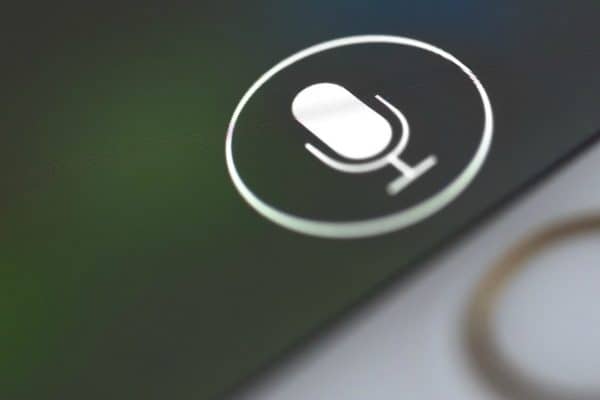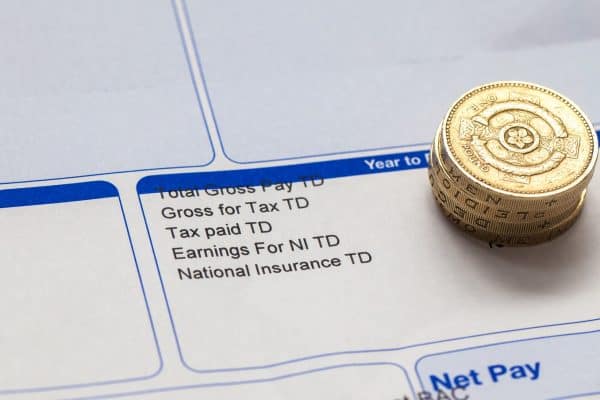There are a number of reasons you might be making regular payments to a company or financial institution. Perhaps you’re paying a bill or repaying a loan. Maybe you have a subscription or membership that you pay for in regular instalments. In the past, you probably sent payments through the post by cheque, postal order, or even cash. The shift in recent years has moved towards more reliable electronic systems that enable you to make regular payments to companies automatically.
Two of the most commonly used methods of automated payment collection are Continuous Payment Authority (or CPA) and Direct Debit. Both being ways to collect a payment from you without you having to actively do anything on an ongoing basis, they’re quite similar and therefore easy to confuse. But, it’s important to be able to tell the difference between them. So how can you tell them apart?
So, what are the differences?
The main difference between CPA and Direct Debit is how they work to take your payments. CPA is linked to a card you own – usually your debit card, but you can set up CPA for credit cards, too. Direct Debits, however, are linked to your bank account. A Direct Debit Mandate is an instruction to your bank to allow a company to take payments directly from your bank account.
Because it’s an arrangement made with your bank, Direct Debits also require more paperwork than CPA. When setting up a Direct Debit you will need to complete a form called a Direct Debit Mandate as part of the process. In contrast, CPA can usually be set up completely online and often no paperwork is required.
The other key difference is the amount of flexibility built into each payment type. CPA permits a company to take payments of varying amounts from your card as and when they require, so on varying dates. This might sound like companies have free rein to take money from you whenever they want, but rest assured that there are rules in place to make sure companies act honourably when you have a CPA arrangement with them. You can find out more about that here. A Direct Debit, on the other hand, binds the company taking payment to give you advance notice of the payment being taken and the date it will be collected.
Direct Debits are also subject to the Direct Debit Guarantee, while there isn’t currently an equivalent for CPA apart from the rules we mentioned. The Direct Debit Guarantee is what binds companies to give you advance notice of your payments being taken. It also guarantees an immediate refund in the case of any errors made in the payment of you Direct Debit.
What if I can’t make a payment under CPA or Direct Debit?
What happens if you can’t make a payment is the other big difference between CPA and Direct Debit. When a Direct Debit fails, your bank will usually charge you a handling fee, which can be quite expensive. This will be on top of any late or missed payment fees the company you were due to pay charge you. A failed attempt for payment under a CPA is treated the same way as if your card was declined in a shop – it doesn’t incur any bank or card provider fees, but you may still face any late or missed payment fees charged by the company you owe.
How do I cancel a CPA or Direct Debit?
One of the similarities between CPA and Direct Debit is how easy they are to cancel. To cancel either a CPA or a Direct Debit, you need to contact both your bank and the company you’ve been paying to tell them what you want to do. Technically, you only need to contact one or the other, but it’s wise to tell both. If you still want to receive the services you’ve been paying the company for, or still have payments due to them, you will need to set up an alternative way to pay them when you cancel your CPA or Direct Debit.
Get to grips with more financial jargon with our Money Savvy articles.
What are your thoughts on CPA and Direct Debit payments? Have your say in the comments!



















